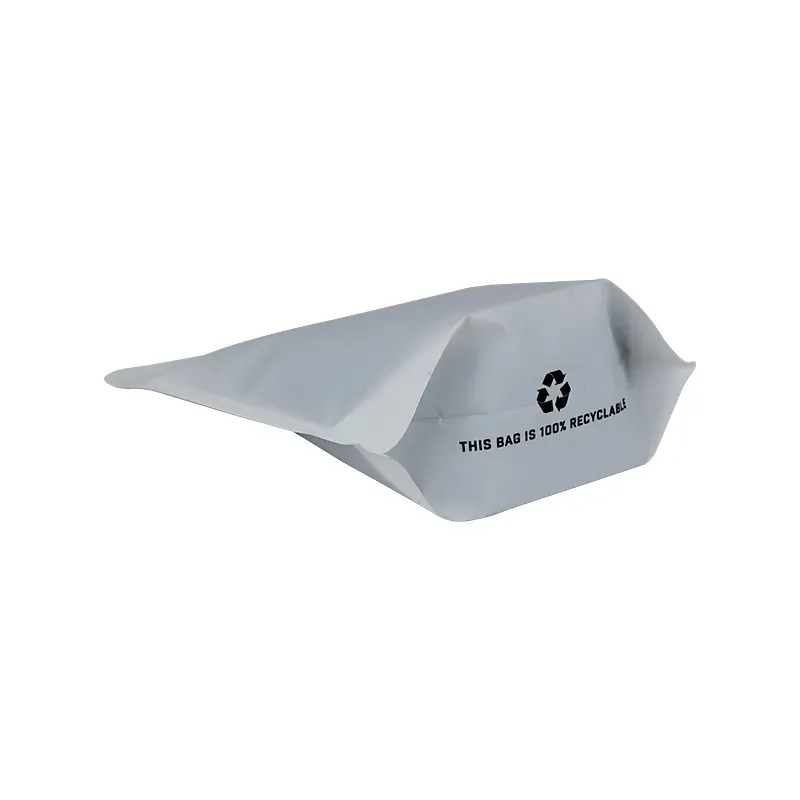- Afrikaans
- Albanian
- Amharic
- Arabic
- Armenian
- Azerbaijani
- Basque
- Belarusian
- Bengali
- Bosnian
- Bulgarian
- Catalan
- Cebuano
- chinese_simplified
- chinese_traditional
- Corsican
- Croatian
- Czech
- Danish
- Dutch
- English
- Esperanto
- Estonian
- Finnish
- French
- Frisian
- Galician
- Georgian
- German
- Greek
- Gujarati
- haitian_creole
- hausa
- hawaiian
- Hebrew
- Hindi
- Miao
- Hungarian
- Icelandic
- igbo
- Indonesian
- irish
- Italian
- Japanese
- Javanese
- Kannada
- kazakh
- Khmer
- Rwandese
- Korean
- Kurdish
- Kyrgyz
- Lao
- Latin
- Latvian
- Lithuanian
- Luxembourgish
- Macedonian
- Malgashi
- Malay
- Malayalam
- Maltese
- Maori
- Marathi
- Mongolian
- Myanmar
- Nepali
- Norwegian
- Norwegian
- Occitan
- Pashto
- Persian
- Polish
- Portuguese
- Punjabi
- Romanian
- Russian
- Samoan
- scottish-gaelic
- Serbian
- Sesotho
- Shona
- Sindhi
- Sinhala
- Slovak
- Slovenian
- Somali
- Spanish
- Sundanese
- Swahili
- Swedish
- Tagalog
- Tajik
- Tamil
- Tatar
- Telugu
- Thai
- Turkish
- Turkmen
- Ukrainian
- Urdu
- Uighur
- Uzbek
- Vietnamese
- Welsh
- Bantu
- Yiddish
- Yoruba
- Zulu
tea tin box
The Charm of Tea Tin Boxes
Tea has been cherished for centuries, transcending cultures and countries, bringing people together over warm cups of comfort and joy. While the beverage itself is delightful, the containers that hold this treasured liquid—especially tea tin boxes—offer a fascinating glimpse into the art of packaging and preservation. Tea tin boxes are not just practical; they are also a blend of aesthetics and functionality, representing a rich history and cultural significance.
A Brief History of Tea Packaging
Historically, tea was shipped in bulk and had to be stored properly to maintain its freshness and flavor. The introduction of tin as a packaging material in the 19th century revolutionized tea storage. Unlike paper or cloth, tin boxes are airtight, which helps to preserve the delicate aromas and essences of the tea leaves inside. This preservation is crucial, as exposure to air, light, and moisture can degrade tea quality, leading to stale flavors and loss of fragrance.
The early tin boxes were often simple and utilitarian, designed solely for the purpose of storage. However, as tea culture flourished in Britain and other parts of the world, the aesthetics of tea packaging began to evolve. Manufacturers started to create beautifully designed tin boxes, adorned with intricate illustrations and branding that reflected the heritage and quality of the tea inside.
Aesthetic Appeal
Tea tin boxes come in a stunning array of colors, shapes, and designs. From the ornate packaging seen in traditional Asian teas to the minimalist styles favored by modern tea brands, these containers serve both an artistic and practical purpose. A well-designed tea tin can become a statement piece in a kitchen or living room, inviting curiosity and enhancing the overall aesthetic of the space.
The artwork on these boxes often tells a story. For example, some may feature images of lush tea gardens, while others might depict historical figures associated with tea culture. Collectors often seek out limited-edition tins, making the packaging itself a subject of interest. The designs can reflect the cultural significance of tea in various societies, celebrating its role in rituals, ceremonies, and daily life.
tea tin box

Practical Uses Beyond Tea Storage
While the primary purpose of tea tin boxes is to keep tea fresh, they have often found a second life in homes around the world. People often repurpose these charming containers for various uses. They make delightful storage for spices, dried herbs, or even homemade treats. Their airtight nature helps keep odors at bay, making them an excellent choice for organizing the pantry.
Furthermore, with their nostalgic appeal, tea tins can serve as unique gift containers. Imagine gifting a selection of gourmet teas in a beautifully designed tin box that adds an extra layer of thoughtfulness to the present. It can communicate care and attention to detail, making an ordinary gift extraordinary.
Sustainability and Eco-friendliness
In today’s environmentally conscious society, the sustainability of packaging materials comes under intense scrutiny. Tin boxes have inherent advantages in this regard. They are recyclable and can be reused multiple times, making them a perfect choice for those looking to reduce their ecological footprint. Many brands are now focusing on eco-friendly practices, opting for tin packaging that aligns with sustainable principles.
Conclusion
Tea tin boxes imbue the simple act of brewing tea with a sense of homage to tradition, creativity, and eco-consciousness. They hold more than just tea; they capture stories and heritage, showcasing the journey of tea from farm to cup. Whether you are a tea aficionado or a casual drinker, the charm of tea tin boxes is undeniable. Their beauty and practicality make them a treasured element in the world of tea, elevating the experience of enjoying this beloved beverage. So, the next time you sip your favorite brew, take a moment to appreciate the artistry of the container that holds it—because in that tin box lies a world of flavor, history, and inspiration.













